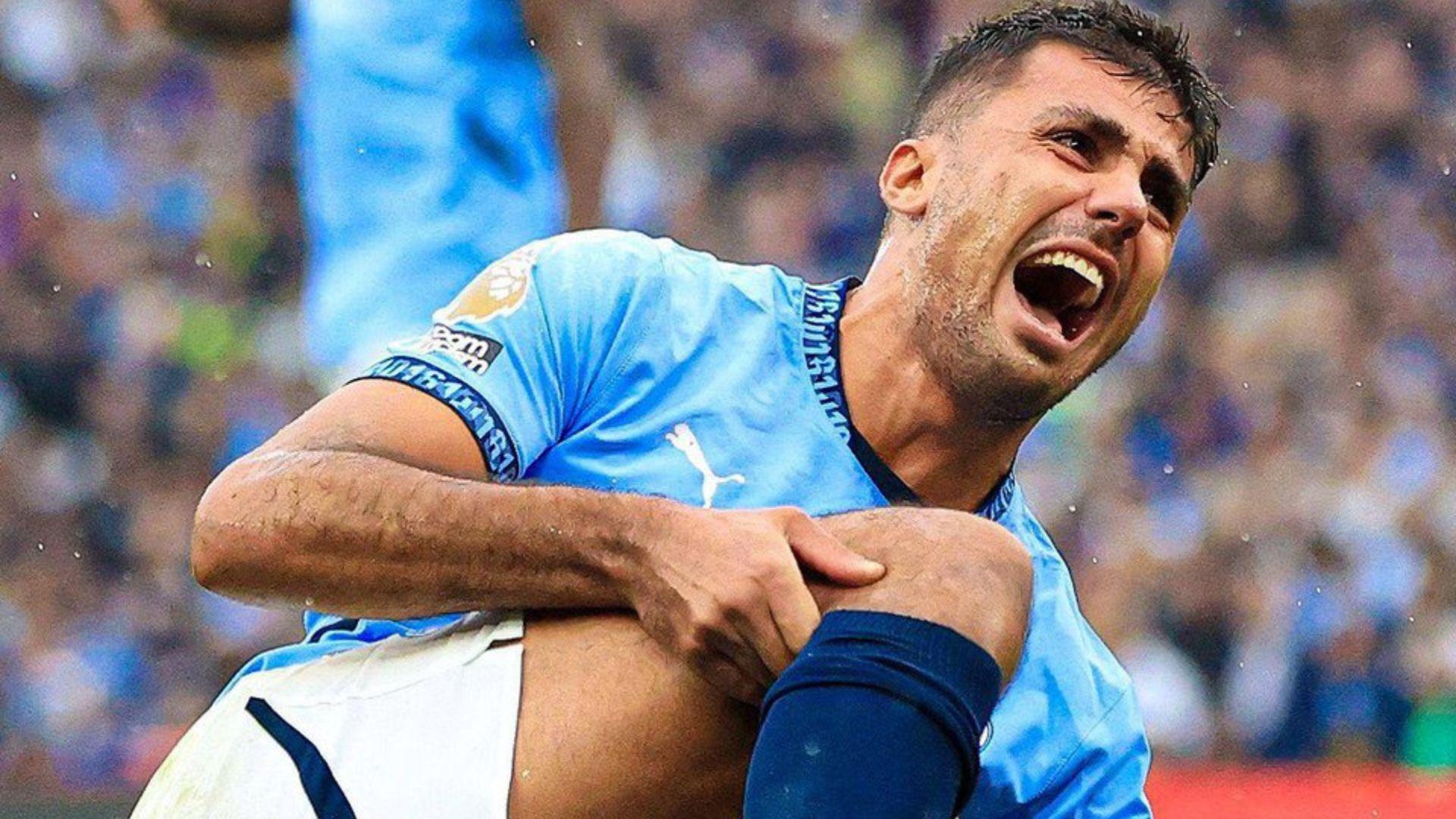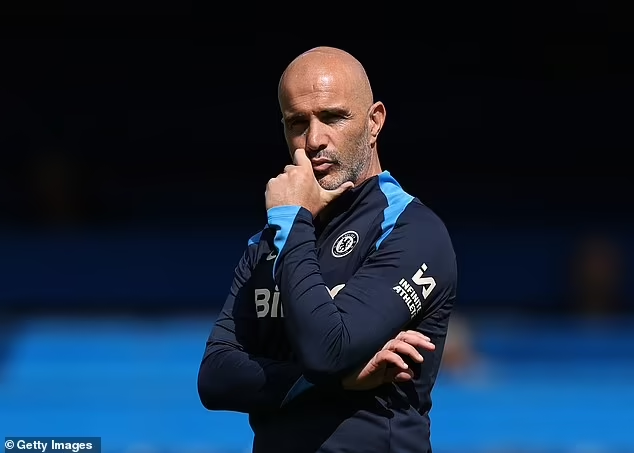
Injuries have always affected football results, but in modern times they are even more decisive. A single absence can disrupt a team’s balance, force tactical changes, and alter the outcome of matches. Managing injuries effectively has become as important as tactics or player quality. With more matches and competitions than ever, clubs face a higher risk of player fatigue and injuries, making recovery and squad planning essential. This season, fixture congestion is at a historic high, with domestic leagues, expanded European competitions, midweek cup games, and international breaks all stacked closely together. Teams are being forced to rotate more frequently, and the margin for error is shrinking, as even short-term absences can have outsized effects on title races, relegation battles, and qualification for European competitions.
Injuries are shaping the season across Europe’s top leagues and competitions. Many clubs are dealing with players sidelined for weeks or months, forcing managers to adjust lineups and training routines. The modern football calendar is more congested than ever, with domestic leagues, expanded European competitions, midweek cup games, and international breaks closely stacked together. This increased workload has raised fatigue levels and the risk of injury, making careful management of players essential. Many players have publicly expressed concern over the demanding schedule, citing insufficient recovery time and a higher likelihood of injuries. Teams are monitoring training intensity, recovery sessions, and match minutes to protect athletes, but even with these measures, injuries continue to disrupt squads. Clubs with stronger medical teams and better load management have an advantage, while those without face a higher chance of results being affected by unavoidable absences.
Across Europe’s top leagues and competitions, several key players are sidelined. Chelsea are missing Levi Colwill and Cole Palmer, Barcelona have Raphinha and Lewandowski out, City are missing Rodri, Real Madrid are without Carvajal and Dean Huijsen and others, and Liverpool have key absences too, including first choice goalkeeper Alisson Becker. Recovery times range from a few weeks to months, depending on the injury. The number of games has increased, competitions have expanded, and players have raised concerns about fatigue and overload. Clubs are now closely monitoring workloads to reduce injury risk and maintain performance.
Clubs are relying heavily on their squads to cope with injuries, especially with the increased number of fixtures this season. Versatile players are more valuable than ever, filling multiple positions when starters are sidelined. Young players and fringe squad members are also being given opportunities, often in high-stakes matches, to cover for injured first-team regulars. Effective rotation is not just about resting players, but also about managing fatigue, preventing further injuries, and sustaining team performance across league, cup, and European competitions. Teams with limited depth struggle to maintain consistency, showing why having quality backups has become a key factor in modern football
Tactically, injuries force managers to rethink their ideas. Teams may change formations, adopt more defensive setups, or rely on different attacking patterns depending on who is available. For example, the absence of key midfielders or forwards can lead to a more cautious approach, while defensive gaps may prompt a compact shape to protect results. Some clubs adapt successfully, maintaining performance despite missing stars, while others struggle, showing how injuries can dictate strategy as much as player ability.
Injuries affect not just the lineup but also team morale. Losing a key player can lower confidence among teammates and increase pressure on those stepping into the void. Players may also be more cautious on the pitch to avoid injury themselves, subtly changing performance. A very notable example is Brazil’s 7-1 defeat to Germany in the 2014 World Cup, where Neymar’s absence left the attack and overall team balance weakened, contributing to a collapse that few expected. Managing these psychological effects is as important as physical recovery, as sustained absences can disrupt team rhythm, reduce cohesion, and influence results over a congested season.
Clubs are investing heavily in medical staff, physiotherapists, and conditioning programs to minimize injuries and speed up recovery. Modern methods include tailored strength and conditioning plans, cryotherapy, hydrotherapy, and detailed workload monitoring to prevent overuse injuries. Teams also track player fatigue using GPS and biometric data, adjusting training intensity and rest periods accordingly. Prevention has become as critical as treatment, with clubs aiming to reduce the likelihood of recurring injuries and ensure players remain available for key matches in league and cup competitions.
Injuries can reshape entire seasons, affecting title races, relegation battles, and qualification for European competitions. The modern congested schedule amplifies their impact, forcing teams to rotate squads and rely on backups more than ever. Clubs with deeper squads and superior medical and conditioning setups are better equipped to withstand the physical demands of the season. Managing injuries is now a strategic priority, and teams that navigate this challenge effectively can maintain consistency and performance, while those that fail risk seeing their ambitions derailed by absences that could have been prevented or mitigated.








